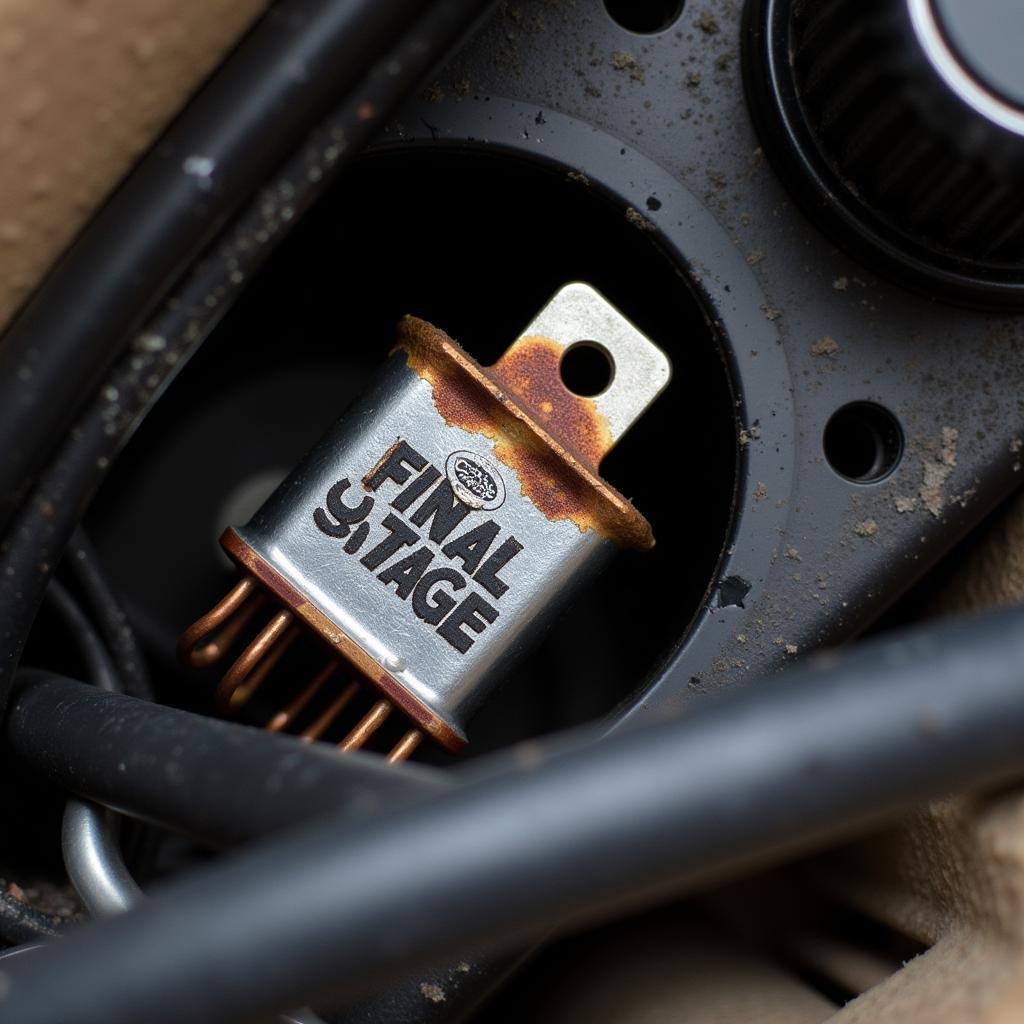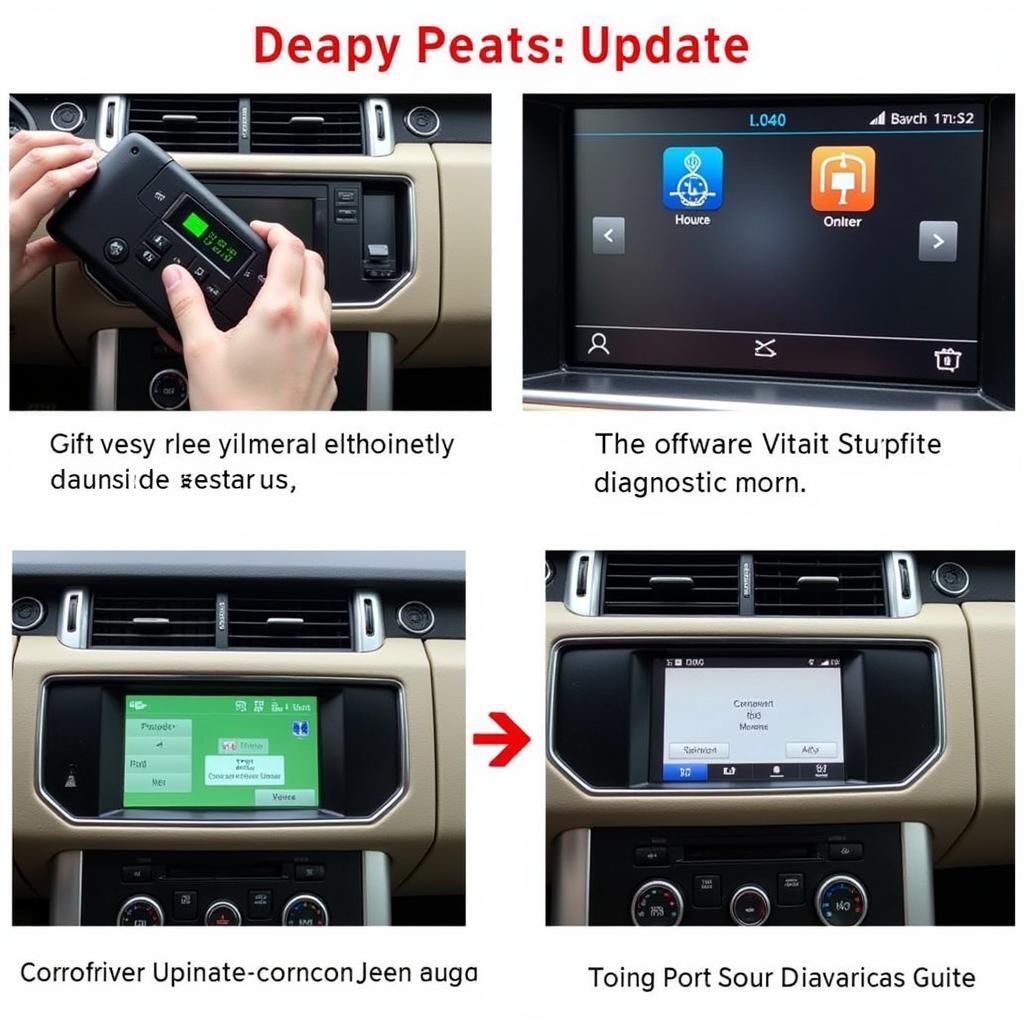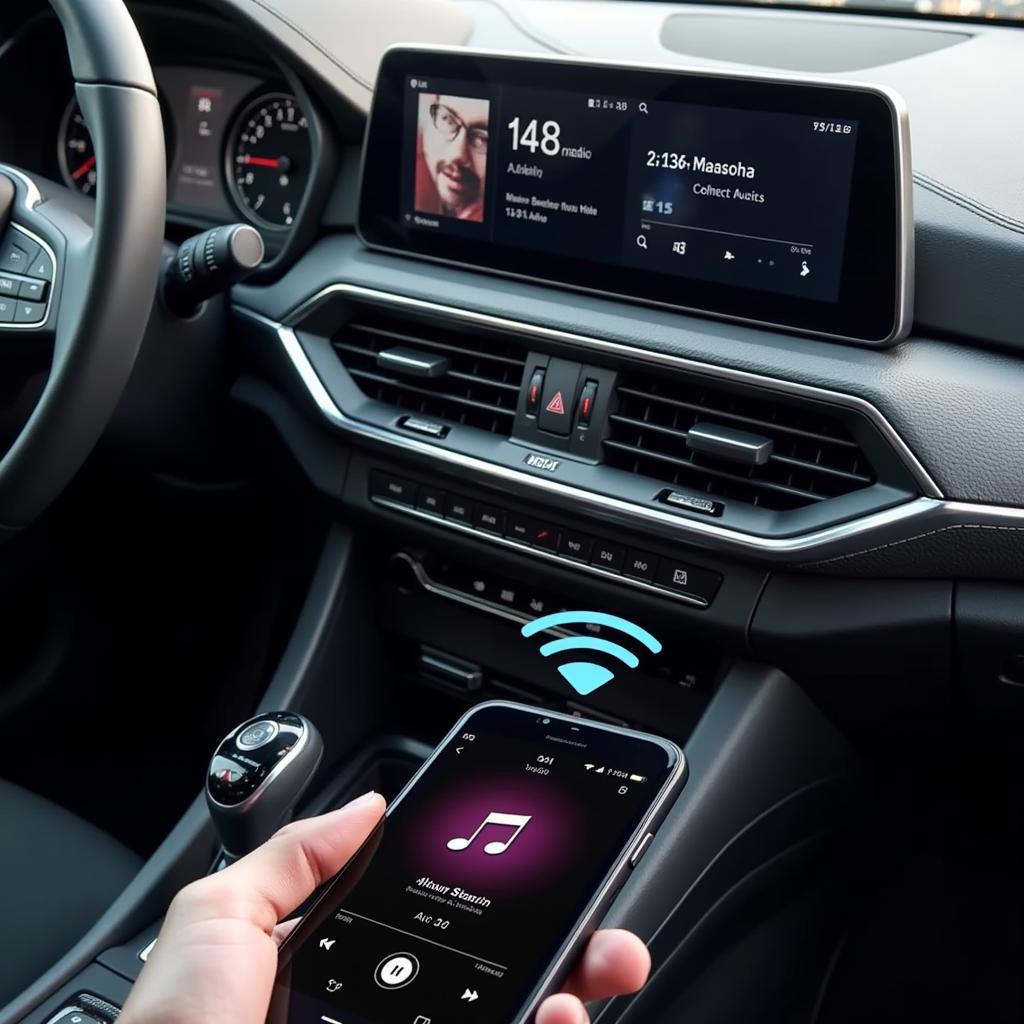A dead battery in your Range Rover L322 can be incredibly frustrating. This comprehensive guide dives deep into the common causes of Range Rover L322 battery drain, providing you with practical troubleshooting steps and effective solutions to get you back on the road. Whether you’re a seasoned DIYer or prefer professional help, this guide will equip you with the knowledge you need to address this persistent issue.
Understanding the Range Rover L322 Battery Drain Problem
The Range Rover L322 is known for its luxurious features and off-road capabilities. However, it’s also susceptible to battery drain issues, leaving owners stranded with a vehicle that won’t start. A parasitic drain occurs when something in the electrical system continues to draw power even after the vehicle is turned off, slowly depleting the battery over time. This can be caused by a variety of factors, from faulty components to software glitches. Understanding the root cause is crucial for a lasting fix.
Common Culprits Behind Range Rover L322 Battery Drain
Several components are often responsible for excessive battery drain in the L322. These include the final stage resistor (FSR) for the blower motor, faulty door latches, and the Bluetooth module. The FSR, which controls the blower motor speed, can overheat and malfunction, causing a continuous draw on the battery. Similarly, a faulty door latch can prevent the vehicle from fully “sleeping,” leading to ongoing power consumption. Bluetooth modules, while convenient, can also contribute to battery drain if they malfunction or fail to disconnect properly.
 Range Rover L322 Final Stage Resistor
Range Rover L322 Final Stage Resistor
Diagnostic Procedures for Pinpointing the Issue
Diagnosing a Range Rover L322 battery drain requires a systematic approach. Start by performing a parasitic draw test using a multimeter. This test measures the current draw with the vehicle off and all accessories disconnected. A reading higher than 50 milliamps suggests a parasitic drain. Then, systematically remove fuses one by one while monitoring the multimeter. A significant drop in current when a particular fuse is removed indicates the circuit containing the culprit.
“A thorough parasitic draw test is the cornerstone of accurately diagnosing battery drain issues. It’s crucial to be meticulous and patient during this process,” advises James Davenport, Senior Automotive Electrical Diagnostic Technician at Prestige Auto Electric.
Effective Solutions for Range Rover L322 Battery Drain
Once you’ve identified the source of the drain, you can implement the appropriate solution. Replacing a faulty FSR, door latch, or Bluetooth module is often the straightforward fix. However, sometimes the issue can stem from software glitches within the vehicle’s Body Control Module (BCM). In these cases, a software update or reset can resolve the problem. Remember, it is crucial to use genuine Land Rover parts and software to ensure compatibility and avoid further complications.
 Range Rover L322 BCM Software Update Process
Range Rover L322 BCM Software Update Process
Why Choose Remote Diagnostics and Programming?
Remote diagnostics and programming offer a convenient and often cost-effective way to address software-related battery drain issues. Experienced technicians can access your vehicle’s systems remotely, diagnose the problem, and implement software updates or resets without requiring a physical visit. This saves you time and money, especially if you live far from a specialized Land Rover service center. “Remote diagnostics is a game-changer, allowing us to quickly and efficiently resolve software issues that contribute to battery drain,” says Emily Carter, Lead Software Engineer at AutoTech Solutions.
Conclusion
Dealing with a Range Rover L322 battery drain can be challenging, but with the right knowledge and approach, you can effectively diagnose and resolve the problem. By understanding the common causes, utilizing proper diagnostic techniques, and exploring remote diagnostic options, you can keep your L322 running smoothly and avoid the frustration of a dead battery. If you’re still experiencing issues, seeking professional assistance from a qualified Land Rover technician is always recommended. Remember, maintaining a healthy battery is vital for the longevity and reliability of your Range Rover L322.


